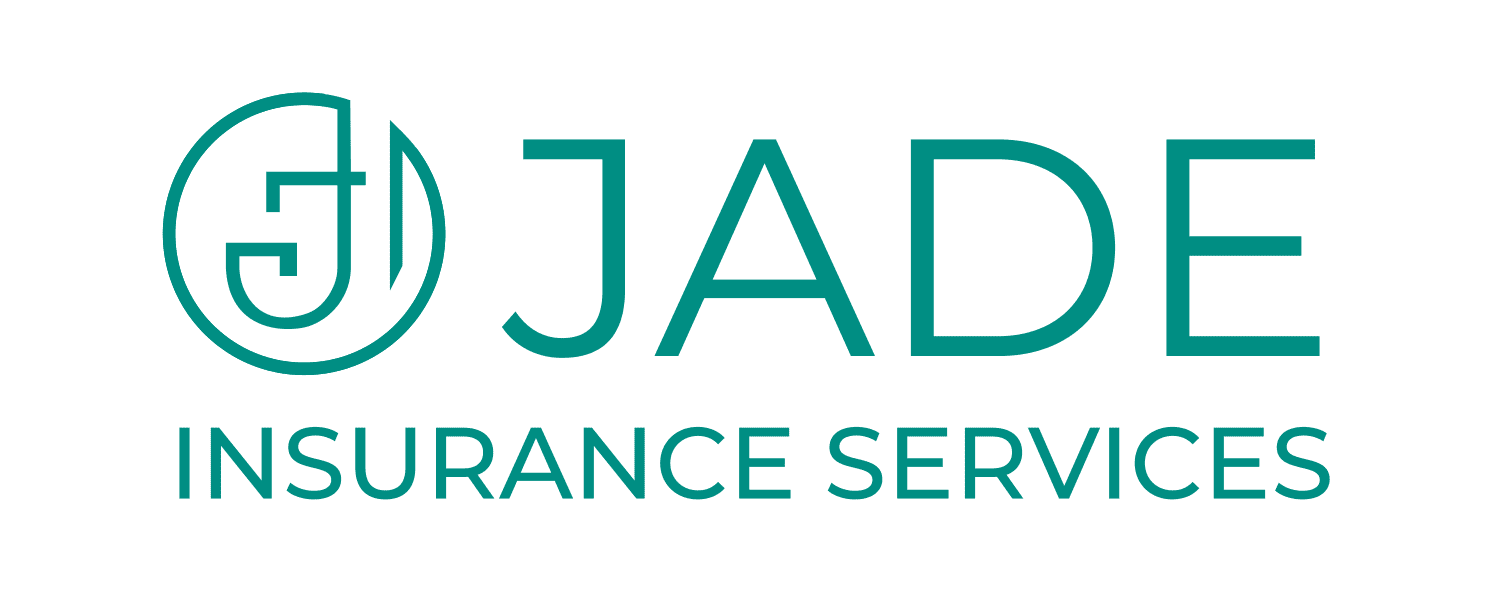Understanding Medicare: Things To Know Before Getting Started
When it comes to understanding Medicare, there’s no better way than learning about its history to process to parts included in it. The Federal Government initiated Medicare on July 30, 1965. It’s intended to help people over the age of 65 to avail healthcare services under several plans and conditions.
If you’re soon going to be 65 and want to learn what benefits Medicare holds for you, you may first become familiar with specific terms and types of Medicare plans offered in your locality. But before you go into the world of Medicare, let’s start with the basics first.
Understanding Medicare: The Original Medicare
As discussed above, the original Medicare enables one to make well-informed decisions regarding healthcare. Apart from serving the health care needs of older people of 65 and above, it also helps people with disabilities and end-stage renal disease or kidney failure. While you avail of the services, Medicare covers a certain amount of its share.
What is Medicare Coverage: The Basic Parts
The Original Medicare is the fee-for-service that has two main parts: Part A and Part B. From your hospital bills to tests to healthcare services, Medicare coverage depends on where you live.
Part A: This part covers in-patient hospital care, skilled nursing facility, hospice, lab tests, and home health care. You enroll in Part A automatically when you’re eligible for Medicare, if you’ve been a taxpayer for over ten years or more. The care you receive at the hospital includes a semi-private room, meals, nursing services, and medications. However, Part A does not cover out-patient expenses and the cost of blood.
Part B: This part covers doctor visits, mental health care, lab tests, and necessary medical equipment. It’s mainly based around preventive care, where you can see professionals associated with Medicare. However, there are limitations to these services where deductibles apply. While Medicare covers 80% of the coverage fee, you may need to pay for 20% of the copayment and coinsurance, depending on the type of coverage you have.
Medicare Advantage (Plan C)
When you’ve learned all about Medicare basics, the advantage plan is a level-up that necessitates basic plan coverage along with some added benefits, such as prescription coverage. It’s the type of Medicare plan offered by several private companies. While policies differ in this section, you might first be enrolled in Original Medicare, i.e., Part A and Part B.
Medicare Part D Or Prescription Drug Coverage
On your journey to understanding Medicare, you may come to know about Part D or prescription drug coverage. Original Medicare doesn’t cover this part, where several associated private insurance companies help you avail of the prescription drugs at lower rates from selected pharmacies. Again, this plan is offered as per your location and your insurer, which means it can differ region-wise.
Medicare Supplement Plans Or Medigap
Medicare Supplement Plans, also called Medigap, are just like the Advantage Plans, with the exception that these help you cover your share of the healthcare costs for the services offered by basic Medicare, such as deductibles. Private insurance companies also sell these plans that help you pay 20% of the coinsurance, where Medicare covers the rest. Also, Supplement plans vary in the benefits they offer. You can get a supplement plan as per your needs as there are ten different kinds.
How Does Medicare Work
Understanding Medicare remains incomplete when the knowledge of the system lacks. To begin with, you may contact a Medicare professional for guidance and have a plan personalized. To have a simple concept of its working, here are a few steps to personalizing your Medicare Plan.
First, you must be eligible for Original Medicare and must be enrolled in part A and part B. If you’re considering to receive other benefits, you may also go for a Medicare Advantage plan.
Consider getting Part D, if you are choosing the Medicare basic parts. In case you have selected an Advantage Plan that covers prescription, you might not need Part D.
If you think that the 20% coinsurance is too much for you to pay, think of getting a Medigap plan to cover the outpatient costs. You may talk to your insurer to see if any Medigap plan fits your health requirements. However, you can purchase a Supplement Plan during the open enrollment window, which starts from your 65th birth month and lasts for six months.
Understanding Medicare Is Easy
Choosing a Medicare plan suitable to your needs requires proper knowledge, planning, and timing. We suggest you plan before you turn 65. You may access the official Medicare website or call the helpline to obtain information regarding your preferred plan.
Make sure you understand the enrollment criteria and period entirely, so you don’t have to pay the penalty fee. You may view all the available enrollment options, or you may contact your nearest Medicare provider to help you choose the best plan.
Recent Posts
- Original Medicare Vs Medicare Advantage: Everything You Need To Know July 4, 2022
- The Best Medicare Plans For Cancer Patients July 4, 2022
- Understanding Medicare: Things To Know Before Getting Started July 4, 2022
-
Everything You Need To Know About Medigap Policy
What Is A Medigap Policy (Medicare Supplement Health Insurance) July 4, 2022 - Thorough Guide on the types of health insurance plans July 4, 2022
Categories
- Article (6)
